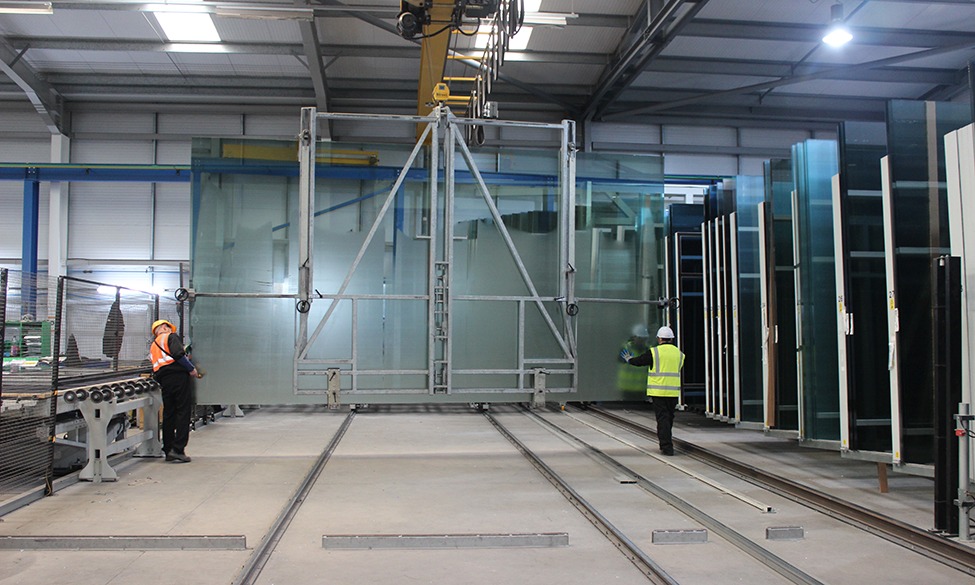Window cleaning is seldom a favoured task, especially when it involves hard-to-reach rooflights. Accessing rooflights for cleaning can be challenging due to their elevated positions, making self-cleaning glazing a valuable consideration for effective maintenance.
Types of Self Cleaning Glass: Hydrophobic and Hydrophilic
Hydrophilic Self-Cleaning Glass
- Known for the “lotus effect,” hydrophilic glass exhibits high water repellence.
- A titanium dioxide coating reacts with UV light, generating electrons that break down organic dirt upon exposure to sunlight.
- The non-stick surface facilitates water runoff, preventing streaking and resisting scratches.
- Reduces the need for manual window cleaning, keeping rooflights cleaner for extended periods.
Photocatalytic Self-Cleaning Glass
- Similar to hydrophilic glass but features an additional titanium dioxide coating.
- Sunlight activates the photocatalytic decomposition process, breaking down dirt on the glazing.
- Water runoff during rainfall washes away loosened dirt, leaving no streaks.
- Strong coating with a long lifespan, ensuring effective self-cleaning.

Choosing the Best Self-Cleaning Glass: Saint Gobain BIOCLEAN
Saint Gobain BIOCLEAN offers a dual-action ‘hydrophilic’ and ‘photocatalytic’ coating, leveraging daylight and rain to break down and wash away organic dirt.
The special coating maintains transparency, providing an effective and unobtrusive solution.
Durability of Self-Cleaning Glass
The self-cleaning coating, such as that on Saint Gobain glass, is permanent.
The functionality of SGG BIOCLEAN® remains consistent throughout the glazing’s lifespan.
Considerations for Coastal Areas
In coastal areas with wind-blown spray, salt crystals may adhere to the surface.
While salt is an inorganic contaminant and not broken down by all self-clean glazing, technology still ensures a cleaner surface after light hosing or rainfall.
Benefits of Self-Cleaning Glass for Rooflights
- A lasting solution for the lifetime of the window.
- Glass remains cleaner for more extended periods, reducing window cleaning frequency.
- Ongoing cost savings with reduced window cleaning bills.
- Maintains a clear view even during rainfall, thanks to the sheeting effect.
- Requires less water and detergents, making it environmentally friendly.
- Less dirt and grime adhere to the glass, facilitating quick and easy cleaning.
- Particularly suitable for hard-to-reach areas, common with rooflights.
When selecting rooflight specifications and comparing costs, prioritising high-quality self-cleaning glass is crucial. The benefits, including reduced cleaning efforts, extended cleanliness, and environmental friendliness, make it a practical choice for rooflight applications, where accessibility for regular cleaning is challenging.

